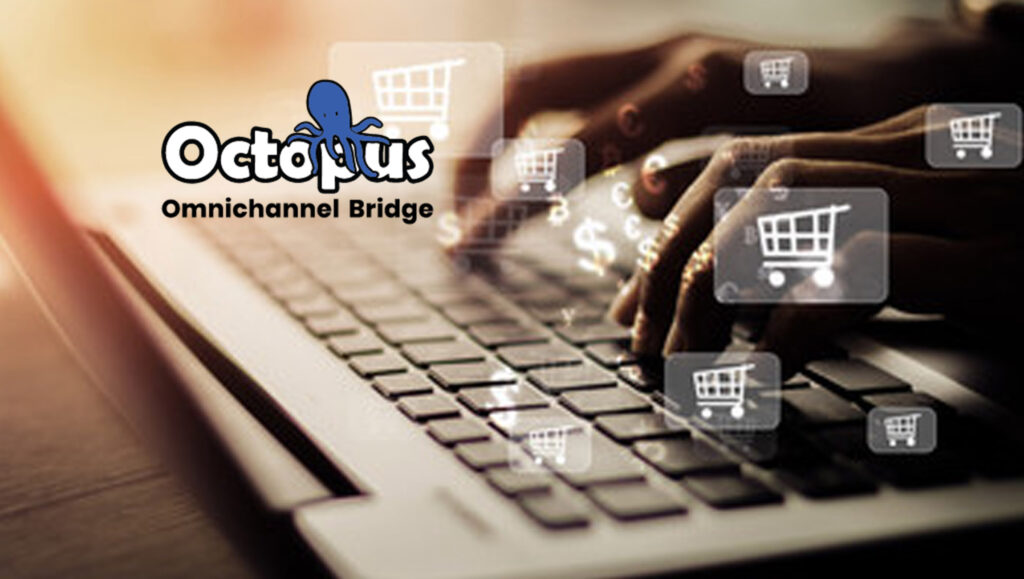The pandemic has transformed the eCommerce landscape drastically as consumers took to online shopping to purchase everything from music to electronics.
This switch from in-store shopping increased eCommerce sales by 27.6% globally, shattering pre-pandemic growth estimates by more than 200%. (Insider Intelligence had only predicted a 12.6% growth rate for the eCommerce market in 2020 before the pandemic.)
With increased eCommerce sales, consumer behaviour and expectations towards online shopping have also shifted dramatically. And the key to achieving success and scaling revenue is to understand these new trends and tackle the challenges it brings.
eCommerce Industry Challenges in 2022
The fast-paced growth of the eCommerce industry has also brought about unprecedented challenges. Here are 3 challenges eCommerce businesses face in 2022.
1. Inventory Management
With the increase in online sales, eCommerce businesses face the heat of managing rising consumer expectations with inventory management tools that don’t update product availability in real-time.
This is a huge problem, especially if the store has a multi-channel presence, as it results in overselling. In other words, the website shows that a product is “in-stock” when it’s not in stock because the system can’t keep up with orders efficiently.
Read More: SalesTechStar Interview with Paige Arnof-Fenn, Marketing and Business Growth Head at SavvySME
As a result, the store must cancel orders and refund customers. Unfortunately, these cancellations will result in a loss of sales and reputation as the store’s ranking on online marketplaces will plummet due to negative reviews posted by disgruntled customers.
Conversely, improper inventory management also results in a dead stock problem, forcing the store to offer steep discounts to get products off the shelves.
2. Demand for Contactless Delivery Options
Consumers prefer contactless delivery options to stay healthy and safe during the pandemic. So, eCommerce businesses are shifting to fulfilment methods like Buy Online Pick-up In-Store (BOPIS) and curbside delivery to tackle these concerns and reduce shipping costs.
Although BOPIS and curbside pickup may sound the same, the latter is similar to a drive-through where store staff deliver the product to the customer in their cars instead of delivering at the store like BOPIS.
Apart from being safe and hygienic shopping options for consumers, BOPIS and curbside pickup options also offer customers the convenience of online shopping and the in-store shopping experience.
So, these fulfilment methods are here to stay but implementing them is easier said than done. This is because stores have to manage inventory, manage pickup queues, and assign dedicated staff to ensure that customers don’t wait for their orders and have a great shopping experience.
3. Reaching Consumers Through Multiple Channels
Retaining customers is important as it’s less expensive than acquiring new customers. Plus, improved customer retention also means more sales as it’s easier to sell to people who have already purchased from a brand.
So, eCommerce businesses must reach consumers through various channels to keep them engaged. A study also showed that customers interacting with three or more channels purchased 250% more frequently than customers who only engaged with one channel.
But brands can’t keep with this demand and maintain customer loyalty as they lack the right technology to integrate data and manage inventory.
This is where Octopus Bridge helps.
Octopus Bridge is a cloud-based middleware that integrates in-store POS with e-commerce stores and allows store owners to sell on multiple platforms and manage inventory seamlessly. It downloads web orders, updates stock, and simplifies product management.
Read More: SalesTechStar Interview with Jeremey Donovan, Head of Revenue Strategy at Salesloft
These are the top three advantages of using the Octopus Bridge POS e-commerce integrator:
1. Sell on Multiple Platforms
With Octopus Bridge, retailers can maintain multiple stores with minimum effort. They only have to upload the product descriptions and images once to update the info across all online marketplaces like Amazon, eBay, etc. Conversely, product catalog information from the in-store POS can also be uploaded to the retailer’s eCommerce website without any hassle.
2. Automate Inventory To Prevent Overselling
Octopus Bridge automatically downloads orders from all online marketplaces and updates inventory real-time. This prevents overselling the stock, helps the retailer set up BOPIS and curbside pickup for their store, and helps business owners expand their business across multiple channels as it impacts customer satisfaction and sales positively.
3. Get Access To Important Data
Retailers can generate reports on sales, payments, backorders, shipping, etc. and use the data to drive their sales and omnichannel marketing strategy. It also helps retailers pick up trends and changing consumer behaviours, to create personalized experiences for their users.






















